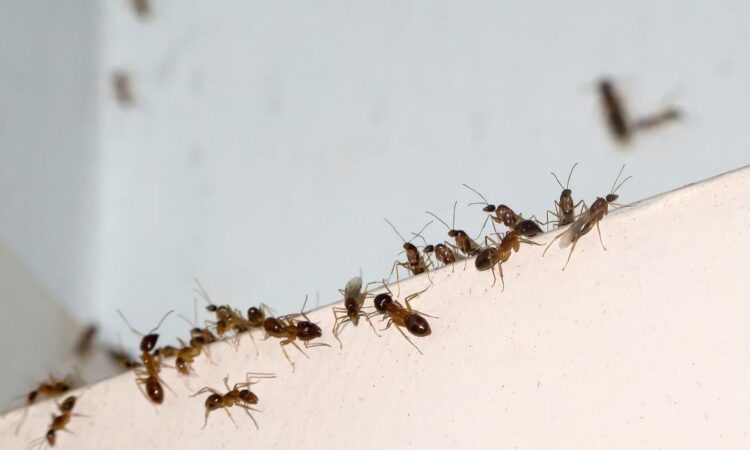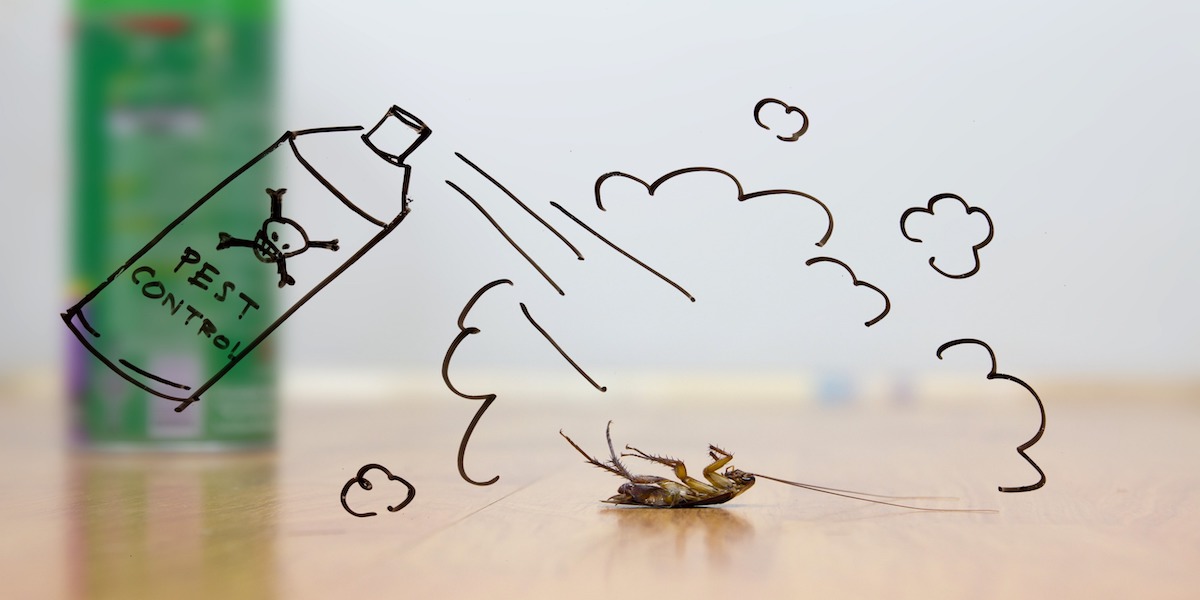
Boric acid is natural and inexpensive and has been proven effective over the years. This whitish crystalline powder is an insecticide and antiseptic that treats common household pests without the awful chemical smells of commercial sprays. Studies have indicated that using boric acid properly could destroy more than 95% of the cockroach population in under two weeks.
But for them to work, they must be applied correctly and carefully. Knowing the proper application methods, dosages, and precautions will eliminate pests with a lower risk potential for household members and pets. When infestations are severe, or the issue persists, professional pest control services offer expertise and treatment alternatives. This website will help you get in touch with them and get professional assistance for using DIY methods.
Why You Should Use Boric Acid For Pests?
Boric acid is a little different in its ability to control pests, as it has dual-action properties. Boric acid acts as a stomach poison; when insects ingest it, it interrupts their digestive system while also damaging the exoskeleton to the point of death from dehydration. This process usually takes 24 to 72 hours as infected pests return to their nests and pass the products to the rest of the colony.
Key advantages include:
- Cost-effective solution – Much cheaper than going for professional services or commercial pest spray
- Sustained effects – Lasts for months if dry and undisturbed
- Lower human toxicity – If appropriately used, it is less toxic to humans than many chemical alternatives.
- Multiple pest targets – Roach, ant, silverfish, and flea-builder
- Simple Application – A high level of portable processing without special equipment needed
Tips to Use Boric Acid For Pests
-
Proper Mixing Techniques
To make an effective bait, mix equal portions of boric acid and an attractant such as sugar, flour, or peanut butter. This will create a paste-like consistency that the pests can easily consume. If you use liquid baits, you will need to mix an ounce of boric acid with a full cup of warm water and top off with honey or corn syrup.
-
Strategic Placement Methods
Sprinkle a small amount of boric acid powder in thin lines along baseboards, around appliances, and at the entry points where pests travel. Search for dark and warm spots such as under sinks, behind the refrigerator, and inside cabinets. Put down thick piles (bugs will walk around before they walk through a heavy application)
-
Safety Precautions
Boracid applications should always be done with gloves and kept away from children and pets. Use containers to save the powder that is appropriately labeled, and clean up any spilled powder immediately. Put baits in places that are out of reach of nosy fingers and sniffing noses, and always use bait stations for extra protection.
Still Facing Trouble? Get Professional Help!
Long-term pest issues are usually an indicator that underlying issues need to be examined by a professional. An exterminator understands how pests breed, behave, and treat themselves in ways that hopefully are more successful than home solutions. They can recognize entry sites, sources of moisture, and structural issues that lead to continuous infestations.
Professional services also use commercial-grade products and application techniques that consumers can not get. Moreover, most pest control companies provide a warranty and follow-up treatments to guarantee complete eradication. Official statistics show that professional pest control is successful 85-90% of the time versus 40-60% for DIY pest control alone.
If the boric acid fails to make any progress after 2 weeks or if the infestation is too large to handle, the best option is to seek a professional pest controller who can take care of the problem immediately. Expert pest management professionals can create a holistic approach to your pest control solutions that tackles the direct issue and works to prevent further infestations for years to come.




